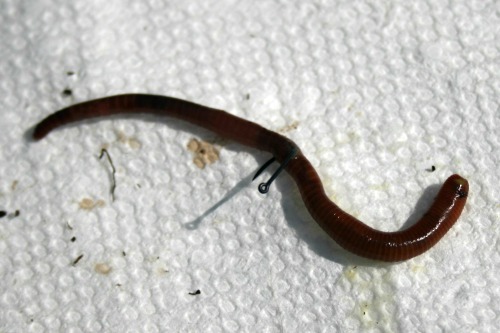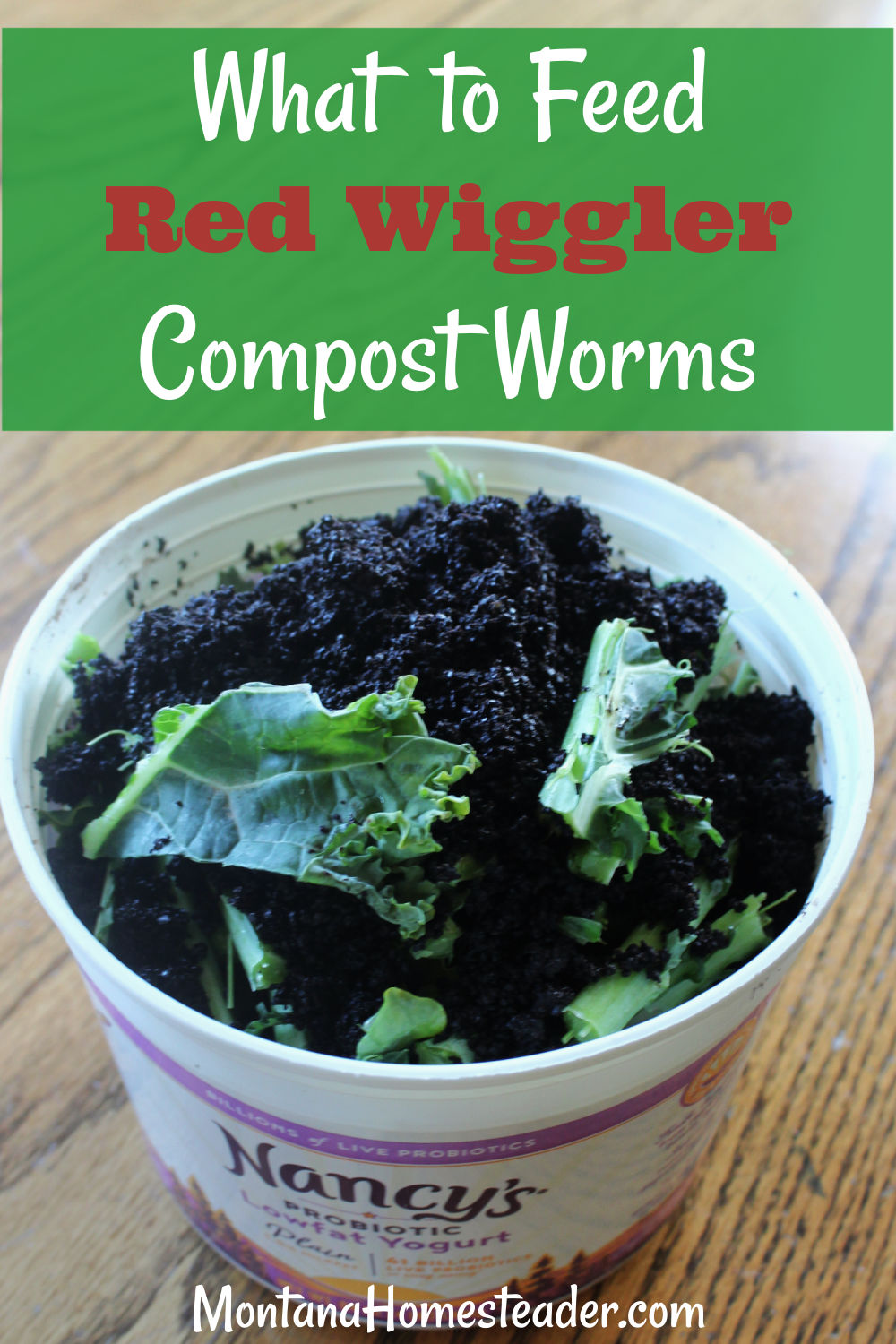Achieve a Greener Lawn with the Help of Red Wiggler Express Lawn Care Solutions
Unlock the Tricks of Red Wigglers: Your Guide to Composting Success
The combination of red wigglers right into composting techniques offers a significant opportunity for improving soil health and wellness and promoting sustainability. These organisms are not simply effective recyclers of organic waste; they provide a myriad of advantages that can transform garden administration. Recognizing their demands and behaviors is crucial for maximizing their possibility, from establishing up an appropriate worm bin to feeding them the appropriate materials. As we explore the important components of successful vermicomposting, one could ask yourself just how these little creatures can lead to a more vivid and effective garden community.

What Are Red Wigglers?
(Red Wiggler Express)Red wigglers, medically referred to as Eisenia fetida, are a species of earthworm largely used in composting due to their impressive capability to decompose natural issue efficiently. These worms are identified by their reddish-brown coloration and a fractional body, usually measuring in between 3 to 4 inches in length. Unlike other earthworm species, red wigglers prosper in rich, organic settings, making them suitable for vermicomposting systems.
Native to The United States And copyright, they are frequently located in decaying fallen leaves and compost heap, where they play a crucial function in nutrient recycling. Their adjustment to living in a damp, aerobic atmosphere allows them to consume big amounts of organic waste, simplifying right into nutrient-rich spreadings that enhance dirt wellness.
Red wigglers replicate swiftly, with a single worm capable of generating numerous cocoons each week, each including several hatchlings. Understanding the biology and behavior of red wigglers is necessary for optimizing their potential in composting applications.
Benefits of Utilizing Red Wigglers
Using the power of red wigglers in composting offers various benefits that boost dirt health and promote lasting waste management. These amazing organisms successfully damage down raw material, changing cooking area scraps and lawn waste right into nutrient-rich vermicompost. This completed product is extremely useful for plant growth, as it improves soil framework, raises dampness retention, and improves nutrition accessibility.

(Lake Rhodhiss Bait)Additionally, the presence of red wigglers in your composting system can increase the composting process, producing high-quality garden compost in a fraction of the moment contrasted to conventional methods. The spreadings produced by these worms are also brimming with useful microorganisms that further improve the soil ecosystem.
Establishing Up Your Worm Container
Producing an efficient worm bin is an uncomplicated process that can significantly boost your composting efforts. The very first step is selecting an ideal container. Worm bins can be made from plastic storage space bins, wood boxes, or commercially readily available worm bins. Make certain the bin has adequate water drainage and ventilation openings to preserve optimal dampness levels and airflow.
Following, prepare the bedding material, which offers as the worms' environment. A mix of shredded paper, cardboard, and coconut coir works well, supplying a comfy atmosphere for the worms.

Feeding Your Red Wigglers
To make certain the wellness and efficiency of your red wigglers, it is vital to provide them with a well balanced diet plan that meets their dietary needs. Red wigglers grow on a varied range of natural materials, which not only provide required nutrients yet likewise advertise effective composting.
Start by integrating kitchen scraps such as veggie peels, fruit cores, and coffee grounds. Prevent citrus fruits, onions, and garlic, as these can be detrimental to worm wellness. Additionally, present shredded paper, cardboard, and dry fallen leaves to create a well-aerated atmosphere.
Feeding regularity ought to be monitored; normally, worms can eat half their body weight in food weekly. It is important to stay clear of overfeeding, as excess food can result in undesirable odors and draw in parasites. A good technique is to include food in little quantities, allowing worms to process it prior to introducing much more.
Keeping moisture levels is additionally vital; the bed linen needs to perspire however not soaked. Be certain to frequently examine the temperature and pH levels of the container to make sure an optimal atmosphere for your red wigglers, ultimately improving their composting effectiveness.
Harvesting and Utilizing Compost
An effective composting process with red wigglers culminates in the rich, dark compost referred to as vermicompost, which can significantly enhance soil wellness and plant development. Collecting this nutrient-dense product generally happens every three to six months, depending on the size of your system and the quantity of raw material being refined.
To gather, carefully different the compost from the worms and any undecomposed materials. One effective method entails relocating the components of the bin to one side and including fresh bed linen and food to the empty space, urging the worms to move. After a couple of days, the compost can be gathered from the opposite side.
It is essential to use vermicompost appropriately to optimize its advantages. By including vermicompost into your horticulture regimen, you not only reuse organic waste however additionally create a flourishing ecological community that supports lasting horticulture practices.
Final Thought
In recap, red wigglers function as outstanding allies in composting initiatives, transforming organic waste right into nutrient-rich vermicompost (Red Wiggler Express). Their one-of-a-kind biological qualities and reliable waste handling capabilities contribute substantially to lasting gardening practices. By comprehending the optimum problems for their environment, feeding requirements, and compost harvesting methods, garden enthusiasts can boost dirt health and promote plant vitality. Accepting vermicomposting not only minimizes land fill waste yet additionally fosters a much more ecologically liable strategy to horticulture and resource management.